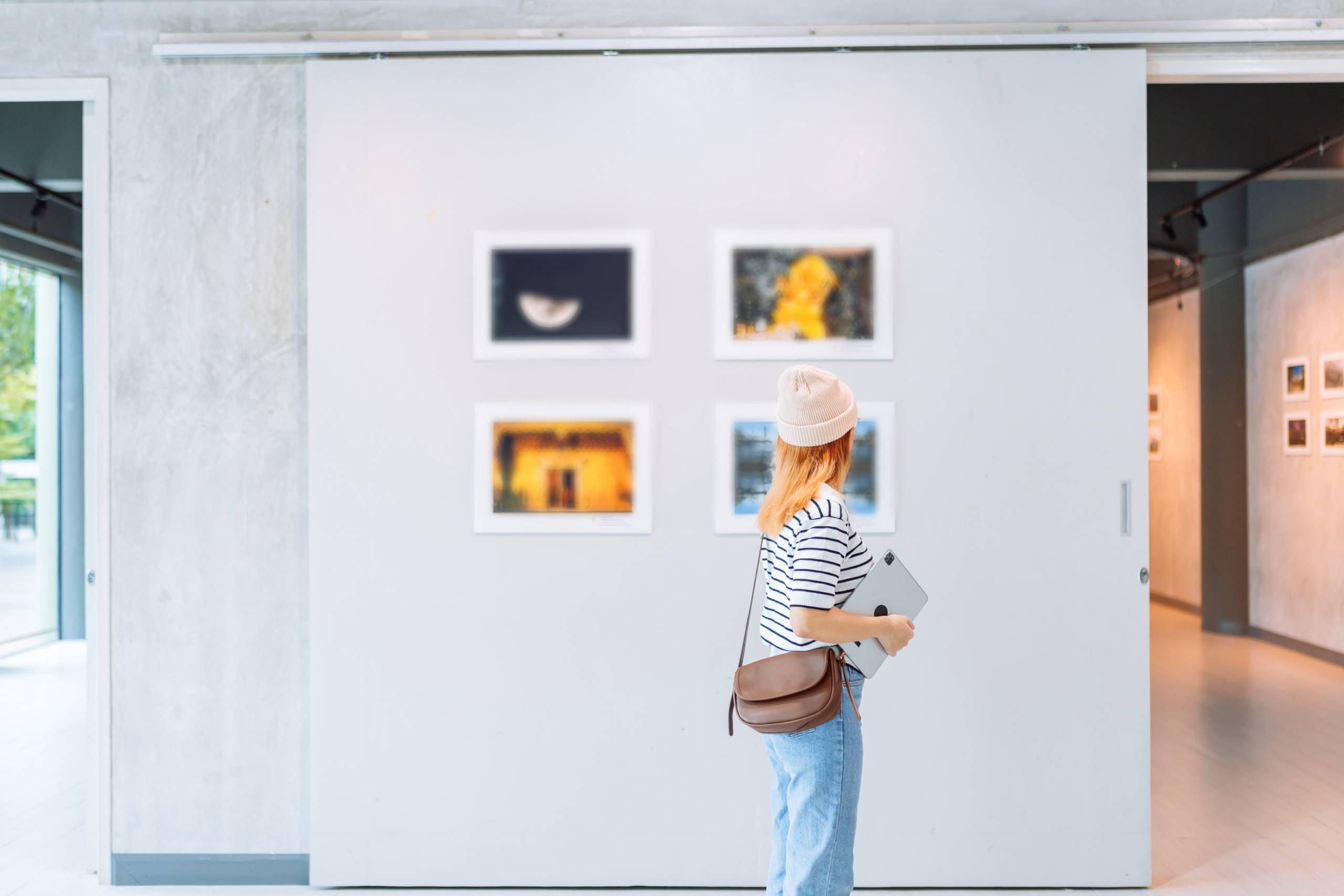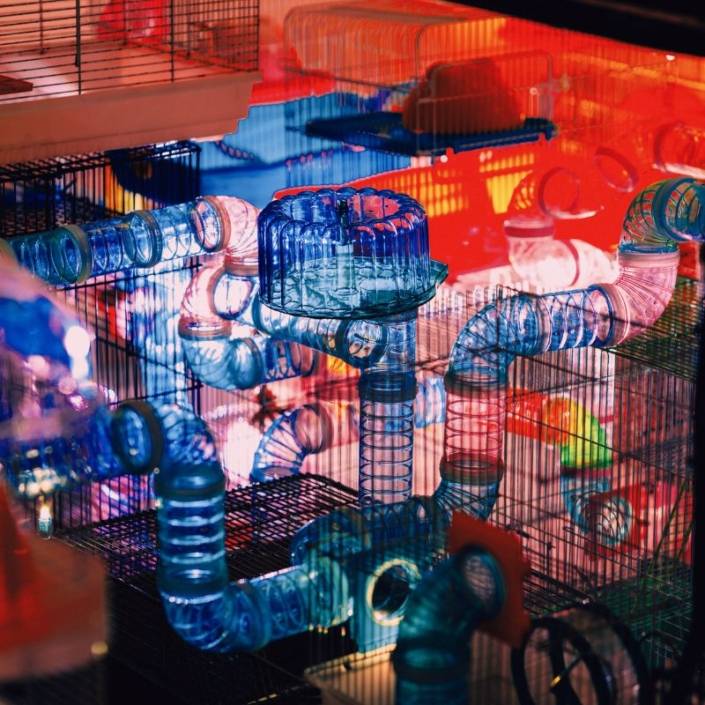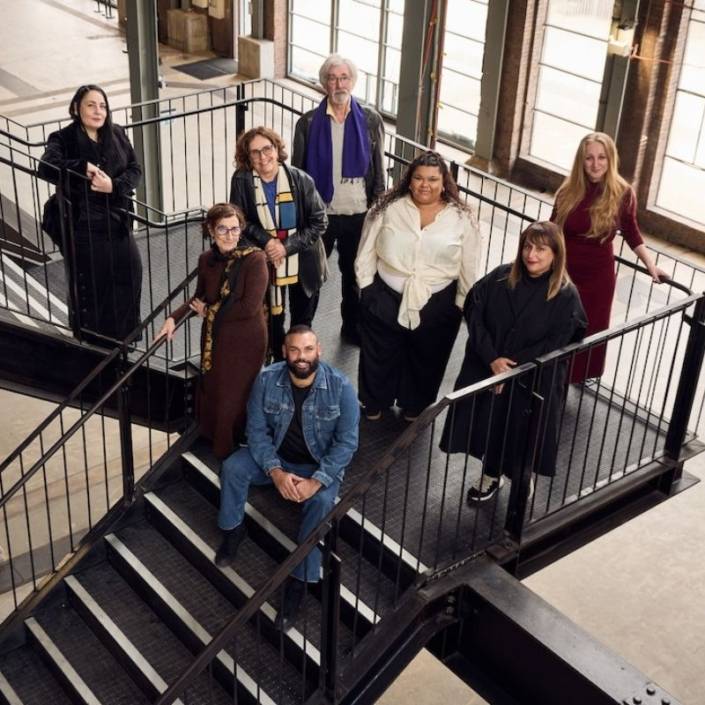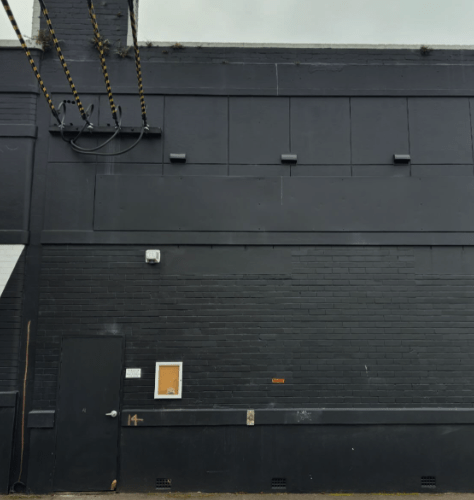Shifting Sands
Commercial galleries come and go, but what happens to an artist’s practice and prices when their gallery closes?
Words: Courtney Kidd
Established in 1993, Sydney’s Sarah Cottier Gallery gallery had lived through 30 years and an impressive four iterations, beginning in the slightly grungy suburb of Newtown, and recently ending in the more salubrious surrounds of Paddington, each iteration offering a subtle shift in the stable represented.
The gallery and its artists enjoyed an international profile, exhibiting at major art fairs in Basel, New York, Madrid and Cologne, and attracting significant collecting institutions. When asked whether they’d consider re-opening in the future, Cottier’s partner Ashley Barber said never say never. “We need a break from what we’ve been doing for the past 30 years. We’ve always chosen to work with artists we share a personal connection with, our focus being cross-disciplinary. The corollary to that personal connection is a concern for the welfare and future representation of the artists.
Andrew Baker Art Dealer closed in 2021. Andrew Baker said: “After 22 years of representing artists and loving art, I wanted to leave with that taste in my mouth.” Baker worked closely with artists from the Cape York Peninsula, Aurukun and Lockhart River. His impressive stable included Michael Cook, Karla Dickens, Fiona Foley and Donna Marcus. Baker says, “The responsibility of working with those communities that you are not aware of when you first start representing them is huge. So much can go wrong in their personal lives and it starts a chain of events that effects the artist’s exhibiting.
Jan Murphy Gallery, established in 1995, is now representing Michael Cook, whose last show was with Baker in 2021. Cook’s imaginative and compelling Nature Mort photographs measuring 140 x 200 cms unframed sold in 2021 for $13,200 and in 2024 with Jan Murphy they’re holding their value well, the same sized photographs framed selling for $19,000.
At the time of the gallery’s closure Baker worked to introduce his artists to other galleries. Marcus says, “Andrew initially made contact with Sally – we both believed Gallery Sally Dan-Cuthbert would be a great match, and it has been a timely and wonderful opportunity on many levels and brings the continuation of support from past (and new) collectors.”
Brenda May Gallery closed following 37 years of successful gallery operations. “During covid I was still paying rent. Sales online kept artists fed and the business running. I worked to get my artists teamed up with new galleries and firmly believe that when an artist moves to another space, prices should remain the same until they’ve settled in.” But May points out: “Many of the new galleries don’t have a represented artist list, they might as well be dealers as they’re not really representing the artists, they’re selling merchandise.”
Former director of Sydney Contemporary Art Fair, Barry Keldoulis knows a thing or two about the vagaries of the art market. Keldoulis had his own gallery for ten years. ”I had weathered the GFC in 2010 but by 2012 decided to stop running a gallery and do pop up exhibitions at Basel and Hong Kong art fairs.” Keldoulis worked to help his artists gain successful representation with other spaces and today names such as Joan Ross, Jonathan Jones, Jess MacNeil, Deb Kelly and Grant Stevens enjoy new gallery representation and high profile exposure.
When Gallery Barry Keldoulis closed, Joan Ross was doing well with sales of her hand painted digital prints on paper for $2,500. Then at Michael Reid Gallery those works in time sold for $4,500. Today these digital prints are selling with Ross’s representing gallery N.Smith for $5,500. “Prices incrementally went up,” says Ross, “I’m in a good position now and can survive solely from sales of work, but it is hard when a gallery closes because some artists never gain their footing again.”
Emma Bett of Dick Bett Gallery which has been in operation for 38 years, says when a gallery closes, it is much easier to maintain an artist’s prices when that artist has other representing galleries in other states as for example in the cases of Ricky Maynard and Pat Brassington when Stills Gallery closed in 2017. Philip Wolfhagen from Bett’s stable had representation at high profile galleries Sherman Galleries and Christine Abrahams Gallery which both closed without ruffling his prices, nor the queues for his work.
Bruce Heiser’s Brisbane gallery space opened in 2004 and closed just before covid hit. He says “My mid career artists such as Lewis Miller and Noel McKenna had other galleries. It was great to see earlier career artists back then, such as Karla Marchesi and Aaryn Snowball find good galleries in Australia and Berlin, but I don’t miss the stress of running a gallery.”
Ultimately an artist is responsible for their own career, but having the gallery advocating for them at the time of the closure is hugely important to the maintenance of their prices and the continuation of their practice.
This article was published in Art Collector issue 109 July to September 2024.







